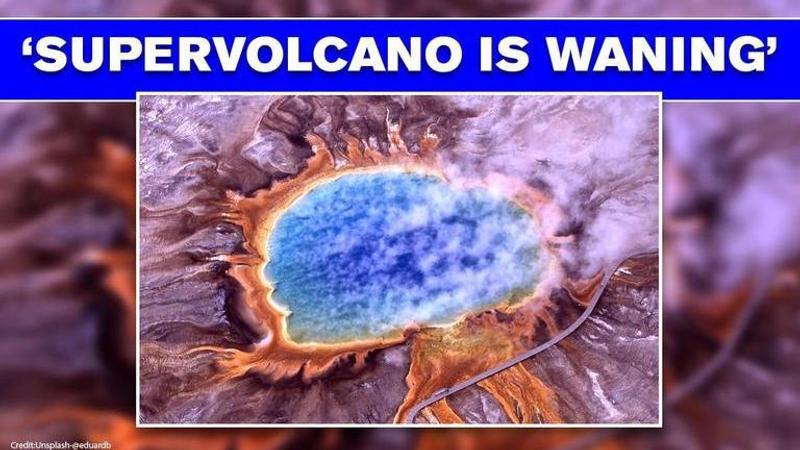Published 14:00 IST, June 5th 2020
Yellowstone National Park's supervolcano waning; window for next eruption increased: Study
A University of Leicester study says that Yellowstone National Park's supervolcano which fuels famous geysers, mud spots, and fumaroles, is diminishing.

Advertisement
Experts have said that Yellowstone National Park's supervolcano which fuels famous geysers, mud spots, and fumaroles, is diminishing.
Scientists have discovered two colossal super-eruptions that occurred 8.7 and 9 million years ago, which reveal that the supervolcano erupted at least once every 500,000 years. Noting that the park has experienced only two similar events over the past three million years, experts anticipate that the hotpot is declining significantly.
While there are reports that have predicted a super-eruption to take place in the near future, the latest findings suggest we may not witness an eruption before 900,000 years.
Discovery of previous super-eruptions
Thomas Knott, a volcanologist at the University of Leicester in the UK, and the paper's lead author, said when they discovered deposits the Yellowstone National Park, it was believed to belong to multiple, smaller eruptions. However, it turns out to be colossal sheets of volcanic material from two previous super-eruptions nearly 9.0 and 8.7 million years ago.
The younger of the two eruptions, named Grey's Landing super-eruption, spewed hot volcanic glass over 8,800 square miles - similar to the size of New Jersey. It is believed to be the largest recorded event of the entire Snake-River-Yellowstone volcanic province. Based on the most recent collations of super-eruption sizes, it is one of the top five eruptions of all time, said Knott.
The team noted that Grey's Landing super-eruption was 30 percent larger than the previous eruption - Huckleberry Ridge Tuff, creating devastating local and global effects. The discovery of the two eruptions led the team to investigate the Yellowstone National Park’s supervolcano, which indicates that it may be waning.
Both of the newly discovered super-eruptions are said to have occurred during the Miocene time period spanning 23 to 5.3 million years ago. Knott's statement suggests that the super-eruptions occurred once every 500,000 years during the Miocene period.
The scientists have demonstrated that the recurrence rate of Yellowstone super-eruptions appears to be once every 1.5 million years. The last super-eruption took place 630,000 years ago, suggesting we may have up to 900,000 years before another eruption of this scale occurs.
14:00 IST, June 5th 2020




